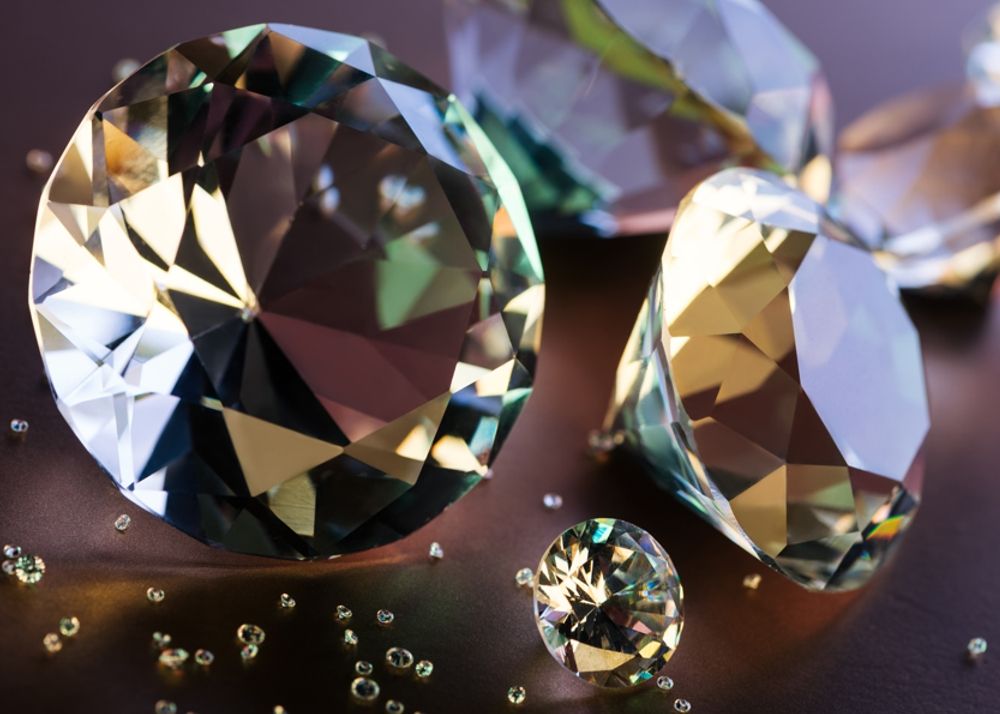Lab-Grown Diamonds Growing in Popularity


Last year, InStore Magazine asked hundreds of jewelry retailers for their thoughts on the next big jewelry trend, and they all said the same thing: lab-grown diamonds are set to take over the industry. The technology for growing diamonds by subjecting a diamond seed to heat and pressure has existed for decades, but gemstone-quality lab-grown diamonds only became a viable commodity in the 2010s. In the past decade, their popularity has surged, and without any concerted marketing effort by the lab-grown diamond industry, over half of consumers are now aware of lab-grown diamonds, up from 9% in 2010. So how do we explain this explosion in interest in lab-grown diamonds?
Three factors are driving the growth of lab-grown diamonds: affordability, sustainability, and awareness. The cost of lab-grown diamonds has decreased, particularly at smaller carat weights, but larger, higher-quality lab-grown diamonds still fetch higher prices, albeit some 60% lower than their mined equivalents. At the top end of the market, luxury consumers are drawn to the possibility of larger stones of extremely high quality incorporated into more complex, creative designs.
The biggest area of growth for lab-grown diamonds has been in the bridal category. Consumer attitudes still closely associate diamonds with engagement rings. Lab-grown diamonds make diamonds accessible to those who could never afford a diamond to begin with, and it lets those who can afford a diamond purchase an even larger diamond. Again, it is younger consumers leading the charge, with nearly 70% of Americans between the ages of 21 and 40 and 66% of Millennials reporting that they would consider a lab-grown diamond for their engagement ring, while 23% say they will definitely buy a lab-grown diamond engagement ring.
The second factor making lab-grown diamonds more attractive is the negative press the mining industry has suffered in recent years. For many consumers, their distaste for everything from conflict diamonds to the environmental destruction caused by mining is stronger than the appeal of the gemstone. This is true especially for Millennial consumers, who now account for 60% of all diamond buyers in the US despite making up only 20% of the population. Gen Z are even more invested in ethical consumption than Millennials, so it is likely that even with reforms to the mining industry, future consumers of diamonds will continue to opt for the lab-grown alternative, seeing it as an ethical, sustainable alternative.
Finally, growing awareness of the fact that lab-grown diamonds are not diamond simulants has spurred consumer acceptance. The 2018 Federal Trade Commission ruling defining a diamond as “a mineral consisting essentially of pure carbon crystallized in the isometric system” certainly helped in this regard. It doesn’t matter if the carbon was crystallized over millions of years underground or over a few weeks in a machine, the result is the same: a crystal of nearly pure carbon.
As a new generation of fine jewelry consumers realigns the market to their values, producers, wholesalers, and retailers of lab-grown diamonds stand to benefit. Some retailers, even ones as big as Pandora, are already shifting to a lab-grown-only model in response to growing consumer demand for sustainable products. It seems the general public is discovering what we’ve known for years: lab-grown diamonds are the future.